Recent estimates from the RAC suggest that there are around 456,000 zero-emission battery electric vehicles on UK roads today.
With this number set to increase as the ban of new petrol and diesel vehicles comes into place by 2030, new owners will need to be smarter than ever about their EVs, charging, the available infrastructure and associated costs.
Most EV drivers know that their fully electric vehicles are emission-free. What they may not know is that you can “overcharge” an EV battery, and that doing so can have a negative effect by reducing the overall battery capacity.
Similarly, letting the charge level drop below 30%, also known as deep discharging, can result in capacity depletion.
Effects of overcharging
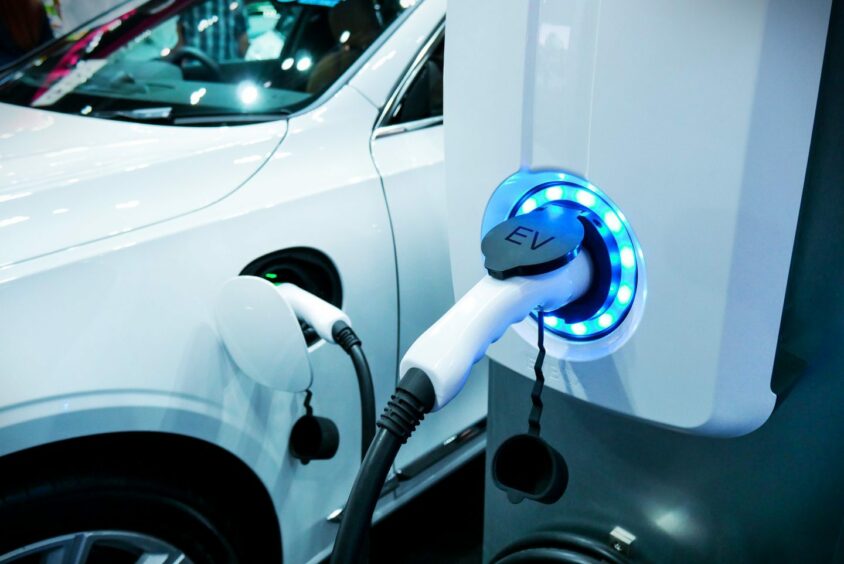
Electric cars utilise a Lithium-ion battery to power the motors that cause the cars to operate. These batteries have a higher energy density than other rechargeable batteries available, and were first made commercially available in 1991 when released by Sony.
Over time, they have been developed to have a larger capacity to power cars and other vehicles, and data collected by Statista projects the capacity to keep increasing over the next decade up to around 2,731 gigawatt-hours.
While the technology and capacity of rechargeable lithium-ion batteries have improved since their introduction, being attentive to the wear that they can suffer is important to keep them healthy for longer.
Buyers will often see references in EV brochures describing the battery as being rechargeable from “0-80%” rather than “0-100%” as part of the sales pitch. This is because when recharging your EV, it’s advised to aim for around 80% charge capacity.
This way, you allow space for regenerative braking, which creates more energy by converting kinetic energy into applicable energy for your car’s battery, and extending its lifespan.
When and where to plug in

Choosing an EV can come with a learning curve as you adjust to charging rather than filling up with petrol. Knowing how much distance you can achieve without needing to stop to recharge will make your vehicle use more efficient.
Slow charge points are better for cars that are parked for longer and gradually recharge the battery, making it better suited to overnight charging, while fast charge points recover faster taking just a few hours.
Rapid charge points, while they can charge a vehicle from 0-80% in about 30 minutes, are more expensive and aren’t eligible for home installation. Use of rapid charging should also be used sparingly, as it can subtract from your battery’s overall life each time it’s used.
Perfecting timing

Timing your charge is as important as knowing when to begin charging it. For example, if you have a home charge point installed, and you’re looking to charge overnight while you sleep, it’s important to remember not to overcharge it.
If the one you have installed has a timer, set it so it turns off the chargepoint at least an hour prior to the vehicle being used. That way, it can be ready to go without the worry of the battery deterioration.
More tips to preserve your battery
Jardine Motors Group has also come up with more tips to extend your EV battery lifespan:
- Plan your route
- Drive slower
- Reduce additional / heavy loads when possible
- Minimise in-car drains such as air-conditioning and heating (although often essential in Scotrish winters)
- High temperatures: park in cool, shaded spots when charging
For buying EVs: Electric Vehicle Association Scotland
For information on Scottish and rural EV home charger grants: wepoweryourcar.com
Scotland’s public charging network: ChargePlace Scotland
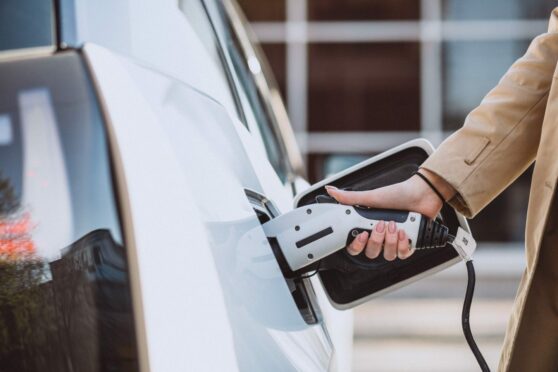
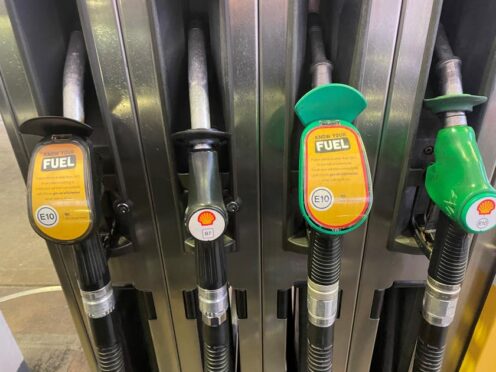
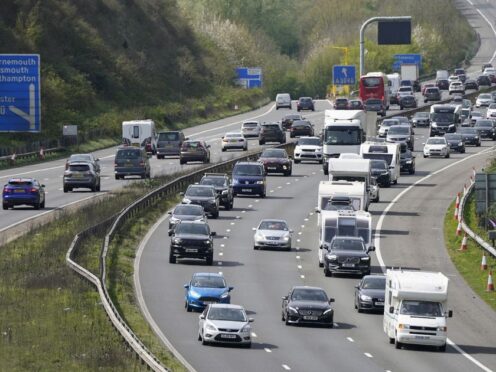

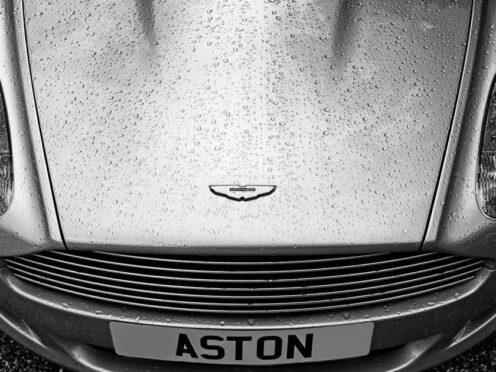






Conversation